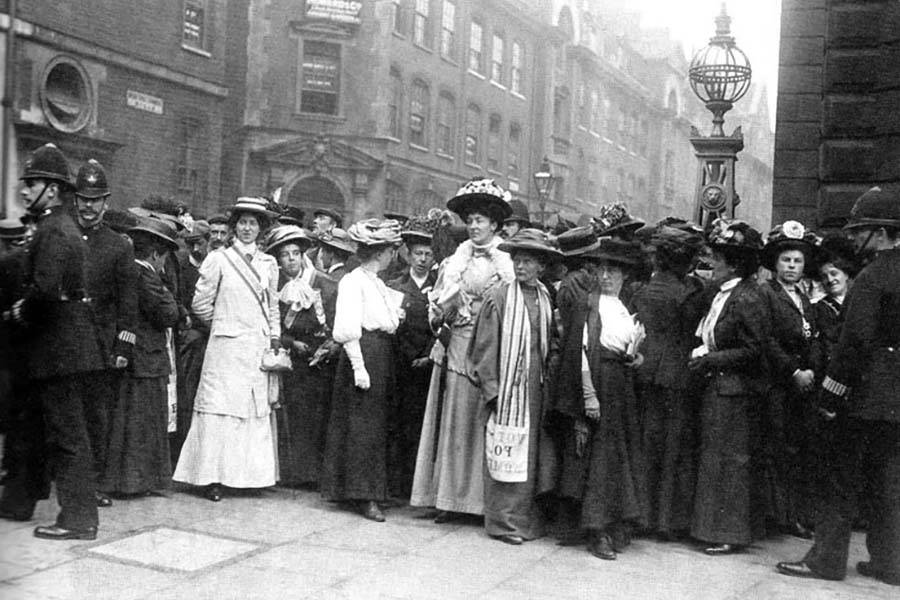
By Cherry Miller, Teaching Fellow
Department of Political Science and International Studies, University of Birmingham
On Tuesday 24th April 2018, a statue of suffragist Millicent Fawcett- who was instrumental in getting the vote for women over 30 who met a property qualification- was unveiled in Parliament Square. Amidst the commemoration events surrounding women’s suffrage, we can derive three distinct insights about the nature of the representation of women and British Politics today: descriptively, substantively and symbolically.
Firstly, descriptively –, Fawcett joins eleven statues of men in Parliament Square. The addition of the first female statue, draws our attention to the under-representation of formerly ostracised groups in other art forms. For example, in earlier centuries, the working classes did not sit for portraits. Furthermore, the Improving Parliament Report and Good Parliament Report called for an audit of the art within the parliamentary precinct, as well as a more balanced representation. Moreover, the unveiling of the statue coincided with the same week that the dismal findings of the Fawcett Society’s own Sex and Power report 2018 were published.
Secondly, the statue of Fawcett makes us reflect on women’s substantive representation and the representation of their ‘interests’ – strategically essentialised (common interests that are momentarily agreed by women for strategic reasons). A woman featured amongst 59 men and women who were influential in gaining the suffrage, beneath Millicent Fawcett on the plinth is Mary MacArthur, who founded the National Federation for Women Workers. She led the Cradley Heath Women Chainmakers in a strike for ten weeks and was successful in winning a fairer wage in 1910. MacArthur likened women’s organisations to a ‘bundle of sticks’ in that women workers are stronger together, whereas one isolated stick can break. She stood, unsuccessfully, as a parliamentary candidate in Stourbridge in 1919.
In my opinion, MacArthur may have been impatient at the Women’s Budget Group analyses, the gender pay gap showing that women are more likely to be concentrated in lower pay bands; the different qualitative experience of casualisation; the attendant implications for those with dependents; the removal of NHS bursaries for student nurses; low pay for care workers, and indeed unpaid reproductive labour. Such living and labour conditions may have consequential power dynamics, meaning that women’s plans may be easily thwarted, if there are sudden dislocations in their daily lives.
Thirdly and more broadly, the statue points towards the symbolic representation of British Politics in cultural forms. Artists’ insights are of often interest to social scientists who engage with the everyday non-verbal practice of politics where power is exercised. Handsworth-born artist, Gillian Wearing who was commissioned to create the statue, is a chronicler of the everyday. Everyday concerns are often echoed in contemporary political concerns such as ‘private’ moments in public spaces, not least sexual harassment, and how women navigate disproportionate social media trolling. Wearing joins an excellent group of contemporary female political artists, who have documented the everyday. Chloe Cheese’s ‘The Vote Office’; Shelley Wilson’s ‘Body Politics’ and Cornelia Parker’s documentation of the 2017 snap General Election,, broaden our conceptual understanding of art and politics beyond oil paintings of battle scenes, busts, and vellum as a legislative canvas and looks towards more democratic notions of heritage.
The meanings evoked by the Fawcett statue are varied. The statue provides an occasion to reflect and act on the descriptive, substantive and symbolic representation of women in politics and of British politics itself.
